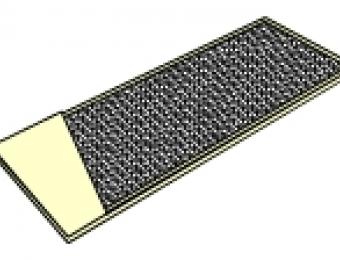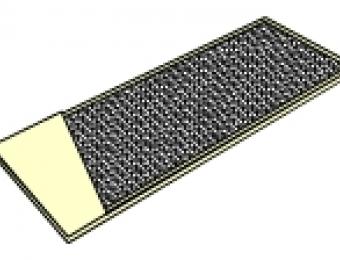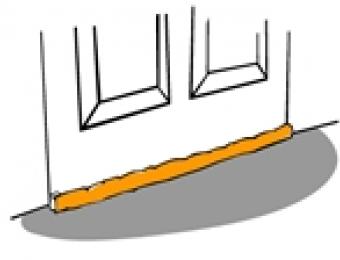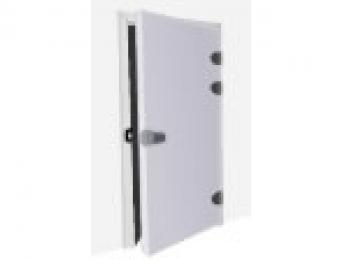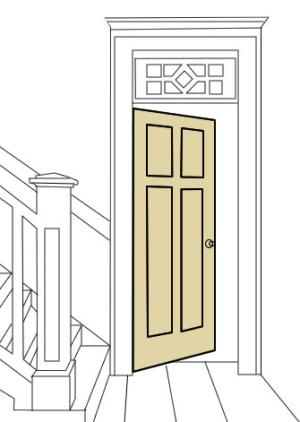
What is the purpose of an interior door?
Interior doors seal off rooms and hallways to break up airflow, to increase privacy and to help control the way noise travels throughout the house. Doors in your home can be used to regulate heat and cold, which in turn can have a significant impact on your comfort and power bills. They're also used to seal off important rooms from prying eyes. Most homes have doors installed in just about every entrance to a room, except for large entrances such as archways.
What qualities should a good interior door have?
A good interior door should be able to work well with zoned climate control, helping to regulate temperatures in individual rooms. It should also do its part to keep noise and sound in or out of a room, and where necessary, offer the option of privacy.
Bathroom doors in particular are vulnerable to humidity, so be sure to take this into account both in the materials and/or in the paint you use on it. It's very important for interior doors to fit your overall design scheme too, providing a natural flow to the house and matching the colour scheme. Poorly chosen or inappropriately coloured interior doors will stick out like a sore thumb.
What sort of doors are appropriate for interior doors?
Where there is available space, hinged doors are the most common choice for interior doors. Sliding doors are also used in many homes, normally where the doorway spans a larger distance (e.g. where a hallway meets a living room), or where space is a limitation. Where a sliding door is impractical (i.e. where there's no place for it to slide), you may also wish to consider a small bifold door as a means of conserving space.
Hollow core doors normally offer perfectly good thermal and acoustic insulation, although if you're after extra insulation against either of these things and aren't limited by budget, then a solid core door will usually perform better.
Bathroom, toilet and bedroom doors in most modern houses feature doorknobs that incorporate some kind of privacy lock or snib.
If you don't have an open stairway leading into either the cellar or the attic, you may also want to consider a trapdoor. Some ceiling trapdoors integrate a ladder or stair, which will help save space and provide safe, convenient access only when it's needed.
How does space affect interior doors?
The amount of space you have available for doors to swing is very important when you're planning interior doors - as is the direction in which they swing. Doors shouldn't open onto a passageway of any sort, especially if you have small children to think about. Likewise, when you're planning your home, remember to consider things like shower doors and how they may interfere with your bathroom door, as well as where you're most likely to position furniture.
Interior doors, heat and ventilation
One less obvious aspect of choosing interior doors is the way they help to control the flow of warm air through your home. Because hot air rises, it tends to pool around the ceiling. Taller, full-height doors that reach the ceiling are almost always more expensive, but can give you a far greater degree of control over your heating and ventilation, as well as giving your living areas a general sense of space and 'openness'.
